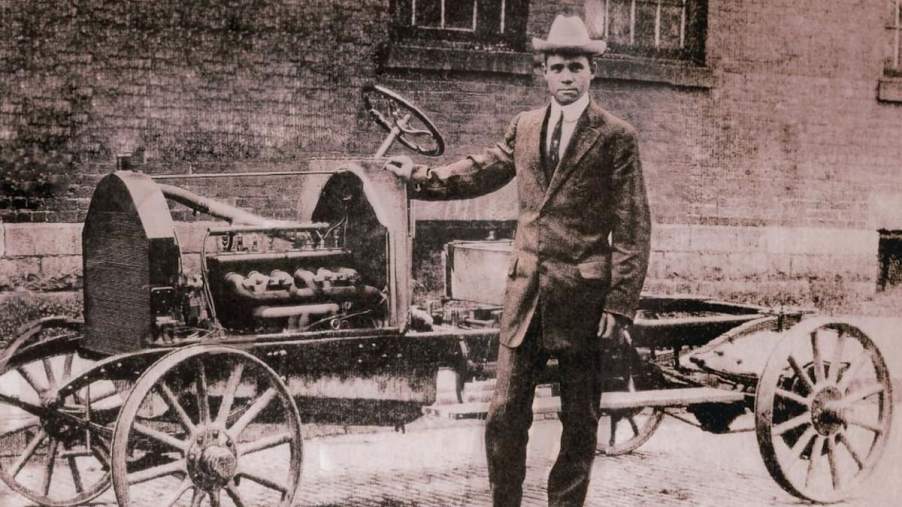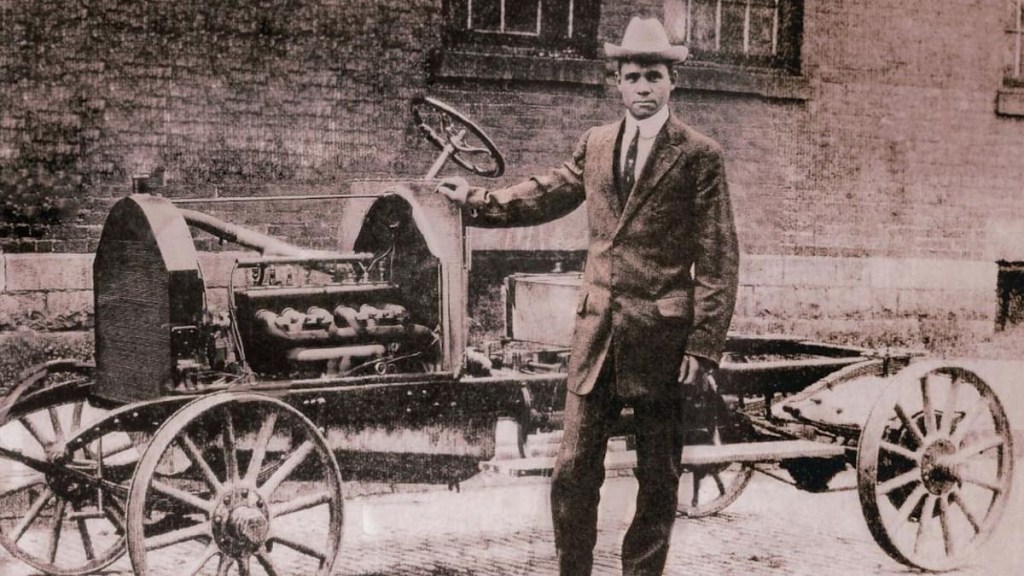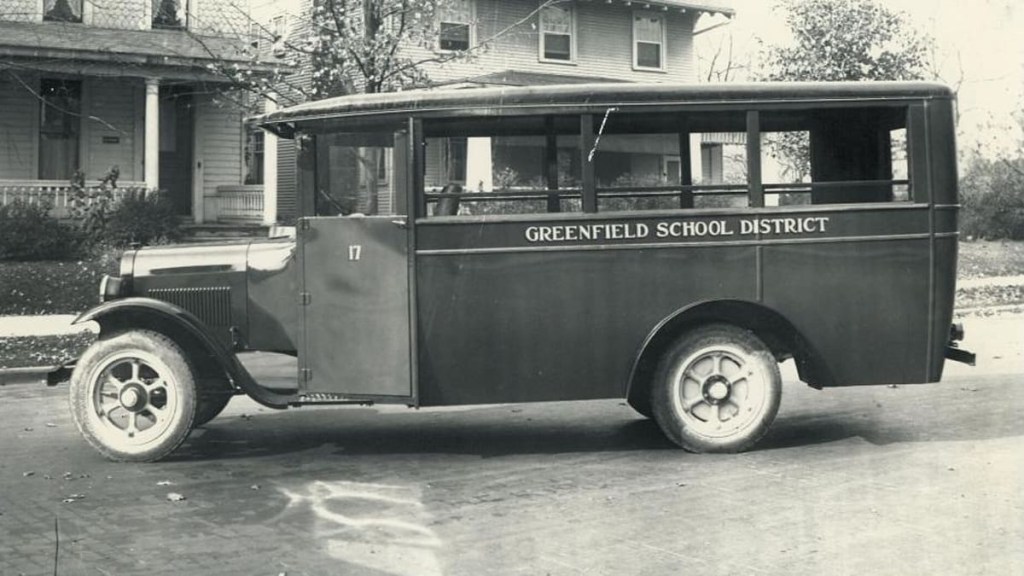
The First Black-Owned Car Company Started in 1893
America’s History is complicated and often downright terrible. However, if you wade through all the genocide, greed, and crimes against humanity, some brilliant moments shine through, but unfortunately, they don’t get the respect and attention they deserve. For instance, C. R. Patterson and Sons was the first Black-owned car company. It started in 1873 and went on to do battle with the might of Ford‘s assembly line. The early automotive market was a wild place, and Charles Patterson made his mark.

The First Black-owned car company predates the car
C. R. Patterson is one of the baddest men ever to grace American soil. According to Autoblog, Charles Richard Patterson was born on a Virginia plantation owned by someone who believed that he could “own” another person. After 28 years of enslavement, Patterson escaped his bonds and got the hell out of there.
He went to Greenfield, OH, where, in 1873, he partnered with a fellow named J. P. Lowe to start a coach building company. In 1895 Patterson bought out his partner, changed the name to C. R. Paterson and Sons, and brought his son Fredrick Patterson onboard. Although this would eventually become the first Black-owned car company, the automobile production came a little later.
C. R. Patterson moves into automobile manufacturing
C. R. Patterson died in 1910. His son, Fredrick, stepped up and took over the family business. As the years went by, C. R. Patterson and Sons started to shift the business to line up with the times. In 1915, Frederick changed production to focus on the Patterson-Greenfield automobile. This new car was powered by a four-cylinder Continental engine that rivaled Ford and cost $685. This was the first car ever made by a Black-owned company.
There is a reason the Ford Model T is the only car most people know of from this period is that Ford completely dominated the competition with his assembly line. In the mid-1910s, there were tons of smaller car manufacturers like C. R. Patterson and Sons. Unfortunately, almost none of these smaller builders could hang with Ford.
Ford’s assembly line was so fast and efficient that these smaller builders couldn’t make cars fast enough to compete. However, C. R. Patterson and Sons wouldn’t go down without a fight; so, they pivoted.
Instead of rolling over, Patterson and Sons moved from making their own cars to taking Ford and General Motors chassis and building trucks and busses with them. It seemed like this brilliant idea would get them out of the mess of competing with the giants, but then the great depression hit.
The end of C.R. Patterson and Sons

Fredrick made the company work through the Great Depression. Like almost every company and person in America at this time, the Great Depression took a serious toll on C. R. Patterson and Sons. The first Black-owned car company would close its doors for good in 1939.
Although it may seem like this company had only hardship and struggle, it managed to be a multigenerational success story for a black family in a country that actively tried to force its failure.
C. R. Patterson and Sons was built by a man born on a plantation under the thumb of one of the most diabolical institutions in the history of the world and ended with a company that spanned two decades and played a role in building the foundation of the automotive industry. They made an estimated 150 cars. Unfortunately, there are no surviving examples of these cars known today.
To learn more about the history of this pioneering family, check out the book, The C. R. Patterson and Sons Company: Black Pioneers in the Vehicle Building Industry, 1865-1939, or read more at the National Museum of African American History and Culture and The Smithsonian.



